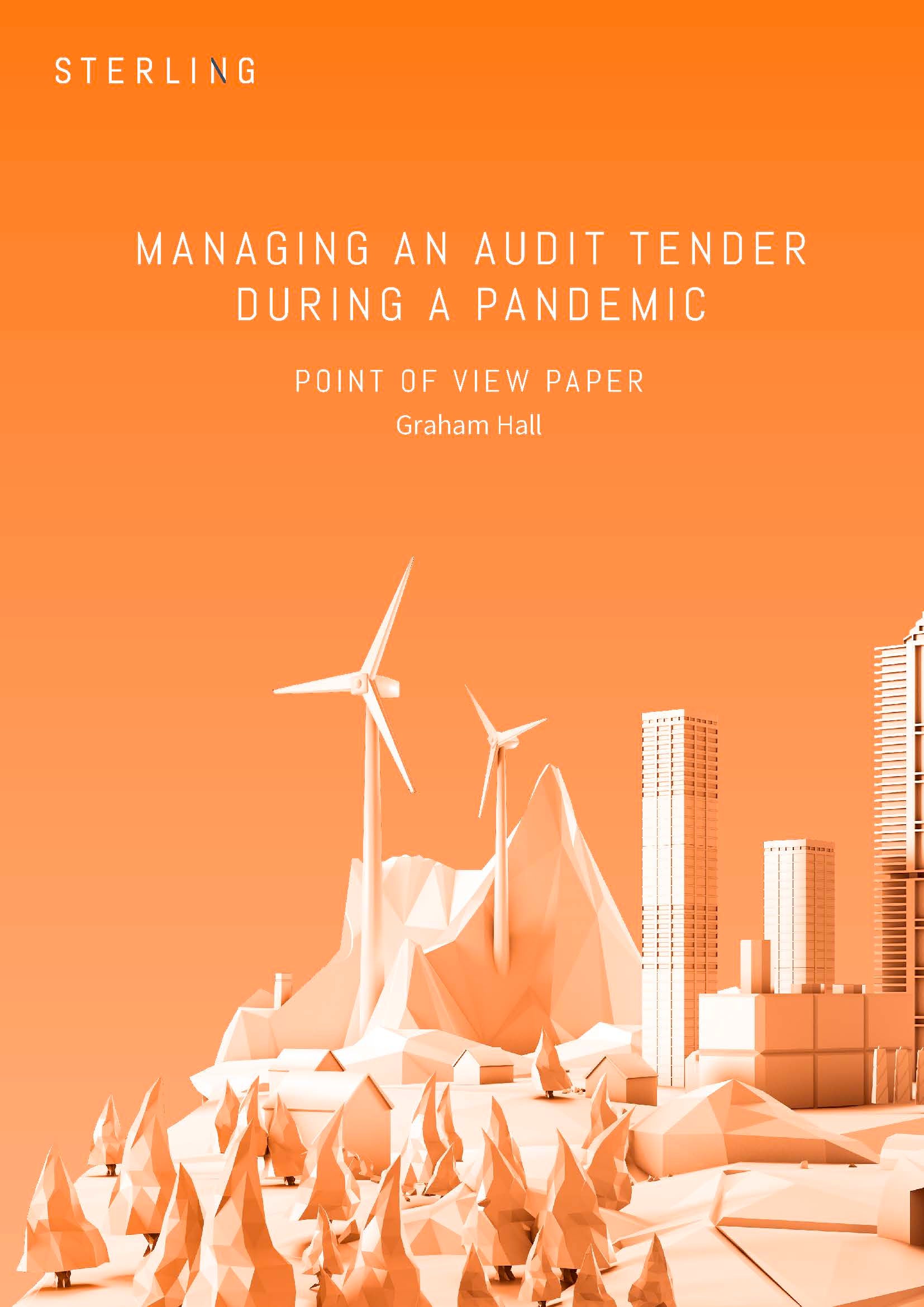
Dubbed the largest audit tender ever undertaken, Nestlé’s process was supported by Sterling’s robust virtual data room (VDR) technology and 24/7/365 customer service.
Nestlé SA, the world’s largest food and beverage company, decided in October 2018 to commence an audit tender process for an audit firm for its global businesses.
The incumbent auditor, KPMG, was on the list of firms invited to participate in the tender; the others being Deloitte, EY and PwC. The audit engagement was eventually won by the accountancy firm EY, which was appointed by the Nestlé board at the 2020 Annual General Meeting.
The audit tender process took more than 15 months to complete. Considering the magnitude and complexity of Nestlé’s global operations – which generated revenues of more than US$ 95bn in 2021 from 187 countries – the sheer volume of work and the geographical separation of the number of entities involved in the process were monumental.
No wonder Sterling called it “the largest audit tender in living memory”.
And all of it was managed securely and efficiently within a Sterling Technology virtual data room (VDR).
Although KPMG had been in place for more than 30 years and had performed its duties as audit lead diligently, Nestlé decided the time had come to review its audit provision and potentially rotate the accountancy firm that performed its external, independent audits.
For a company with operations globally widespread, only the “Big 4” accountancy firms had the necessary experience, not to mention their own global footprint, to be able to provide the level of scrutiny of Nestlé’s financial statements, processes and relevant controls across all global company divisions and locations.
The first step for Nestlé had been to select the best method of being able to successfully engage with all the firms entering the bidding during the audit tender. Nestlé’s lead for managing the tender process was Graham Hall, who was Assistant Vice President and Global Finance & Control Project Manager. Graham recommended using a virtual data room as the most robust and secure means of delivering a fair and balanced audit tender process, ensuring all participating firms were provided with total transparency of the organisation.
A secure environment for data
The VDR would be able to provide a secure environment for the extremely sensitive Nestlé corporate data that any bidder would need to examine and understand before making its bid.
Graham explored the market for a VDR solution, with a list of seven basic requirements that must be met by the winning service provider.
The minimum attributes he asked from the service provider were:
- Security (to be validated by Nestlé’s IT security team).
- Option to restrict the downloading of files.
- Speed of accessing files.
- Competitive pricing for a one-off VDR, but with an option for a longer-term, multi-room service level agreement.
- Comprehensive Q&A functionality, to include the ability to make submitted questions anonymous as to the submitter, while making the question and its subsequent answer visible to all VDR users.
- The ability of Nestlé’s VDR lead to monitor and report on what data was being uploaded and users’ activity.
- Access control provision, to categorise who had access to what documents/areas of the VDR and to limit the ability to upload and review documents.
The Sterling VDR was loaded with all the information and documents that Nestlé wanted to be made available to the prospective bidders. All the documents were categorised according to access protocols set by the tender process and by Sterling’s VDR team, which brought together 130 contributors from Nestlé departments in all its jurisdictions to create a logical and consistent hierarchical document index.
Questions decided between the Sterling VDR team and their Nestlé interlocutors in relation to creating the index of information, included:
- Who should have global access?
- How are the corporate information categories subdivided, and why?
- How will the VDR track usage of the platform?
- Who will monitor the usage and prepare periodic reports for Nestlé?
- How will a viewer of the information get answers to queries?
- Who will answer the queries?
An important consideration for the Nestlé lead was to ensure the VDR interface was simple to understand and use. This would ensure focus remained on the tender process, not the platform that was making it possible. Sterling’s VDR team provided user training to every Nestlé employee taking part, regardless of location. It also trained all the authorised users from the firms taking part in the tender. It remained available 24/7, to provide support on every aspect of the VDR, whether technical or personal, to all users.
As the project gained pace, the Nestlé lead and his team began creating an “index of information” that was going to be uploaded to the VDR. They identified and secured support and engagement from all necessary contributors. The process was underpinned by strong backing from Nestlé’s Group Chief Financial Officer, to underline the importance of providing the audit tender project lead with the required information within the time required.
Delivering a transparent and comprehensive audit tender process
Although the Nestlé VDR was loaded with 55,000 sensitive documents, it led to only nine clarification questions from the 350 accountants that viewed them. Careful consideration had been given to ensure the granularity of information provided, as the quality and completeness of data and information is key to delivering a transparent and comprehensive audit tender process.
Nestlé’s project lead reviewed all data to ensure clarity and depth to the data and backing information. Nestlé’s corporate acronyms were explained so as not to cause confusion. A system was set up to enable contributors from different departments to peer-review each other’s work, to ensure the quality and clarity of data they provided.
Once all the documents had been uploaded, and all relevant personnel trained and able to use the full functionalities of the VDR, the tender process kicked off. The Nestlé project lead received weekly reports from Sterling on all aspects of VDR usage by Nestlé and the tendering firms’ employees. Minimal additional data was uploaded in response to questions raised by the firms, as nominated moderators reviewed and approved the questions.
Nestlé’s project lead moderated the answers given, to ensure they underwent the same degree of review as the original questions, before being made available in the VDR.
As previously mentioned, the whole virtual audit tender process took 15 months to bring to a successful completion and Nestlé was extremely satisfied with the Sterling VDR technology and Sterling’s customer service.
For more information on how Sterling Technology can support your audit tender process or to contact us, please visit Sterling Technology



